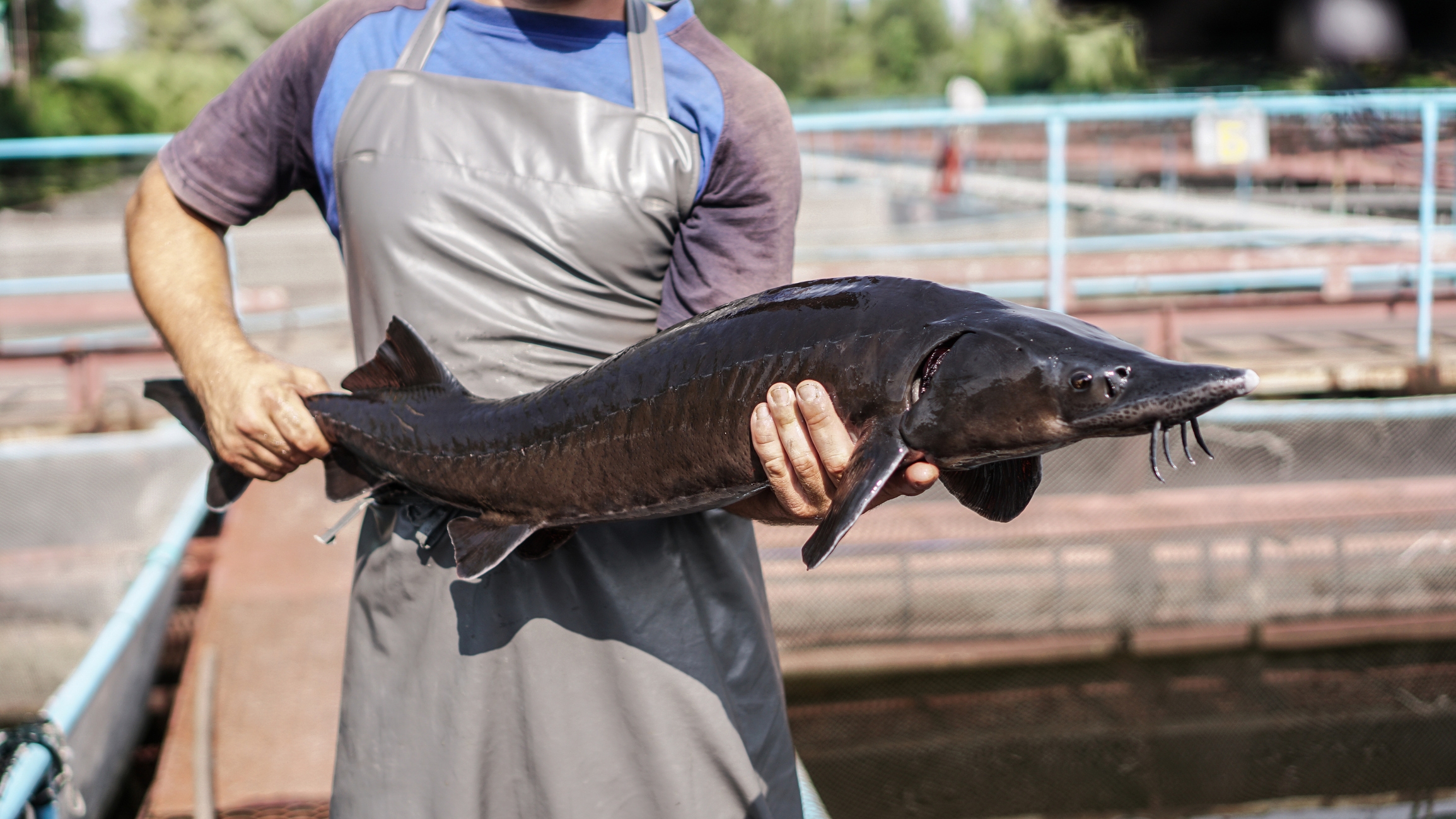Sturgeon
Sturgeons, ancient fish known for their distinctive appearance and longevity, have been swimming in Canadian waters for millions of years. While they hold both ecological and cultural significance, many sturgeon species face threats to their populations. In Alberta, to safeguard these magnificent creatures, regulations mandate catch-and-release practices.

More on Sturgeon
About
Sturgeons belong to the family Acipenseridae and are easily recognizable by their elongated bodies, armor-like scales, and whisker-like barbels. In Canada, several species of sturgeon can be found, including the Atlantic sturgeon, the shortnose sturgeon, the white sturgeon, and the lake sturgeon. These species occupy various water systems, from the Atlantic coasts to freshwater lakes and rivers across the country. The lake sturgeon is the most widespread, found in freshwater systems in many provinces, including Alberta.
History
Sturgeons have long played a role in the livelihoods and cultures of Indigenous communities across Canada, valued for their meat, leather and oil, and, in some regions, their roe, which can be processed into caviar. Historically, overfishing, habitat destruction, and pollution have resulted in significant declines in sturgeon populations. Recognizing the critical status of these fish, various provinces, including Alberta, have introduced regulations to protect and hopefully revive sturgeon populations.
Ways To Cook
Sturgeon meat is dense, mild, and often likened to pork or chicken in texture. It can be grilled, smoked, roasted, or used in stews. The roe, when processed, produces caviar, a delicacy enjoyed worldwide. However, given the current conservation status of sturgeons in Canada, and especially in Alberta, harvesting them is either highly regulated or prohibited. In Alberta, catching sturgeons is restricted to a catch-and-release practice, emphasizing the province's commitment to conservation. This means that while anglers might experience the thrill of catching these prehistoric fish, they must return them to the waters to help ensure their survival for future generations. In Canada, there are currently 4 aquaculture projects actively farming sturgeon for both consumption and caviar.
